Introduction to Basic Concepts of Polyurethane (Part 5)

This article explores key aspects of polyurethane foaming, including bubble nucleation, foam stability, and the mechanisms behind open-cell and closed-cell foams, along with insights into the roles of blowing agents and production methods for flexible polyurethane foams.
What are the common polyurethane flexible foam on the market?
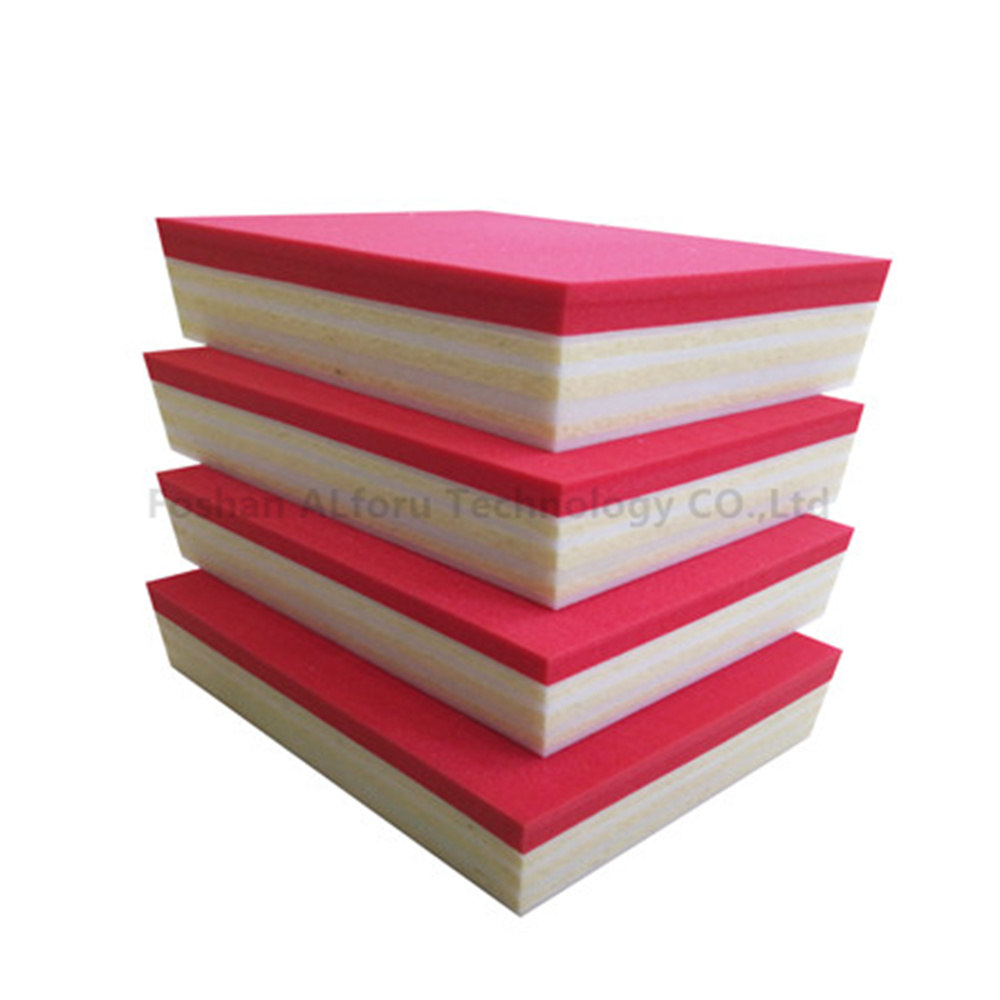
There are many different types of polyurethane flexible foams on the market, following are a few popular varieties types for your reference:
How do you test and measure the performance of rebonded foam? What are the most important quality criteria to consider?
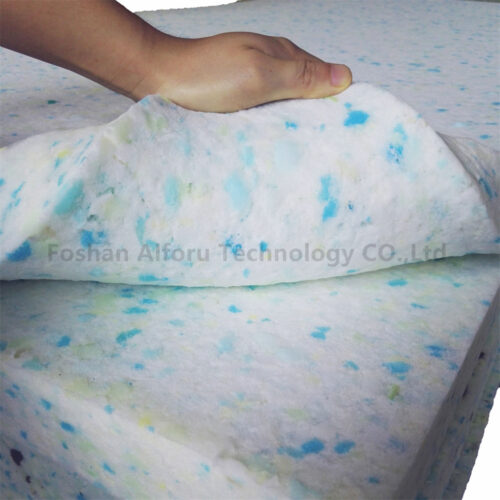
If you want to test and measure the performance of the rebonded foam, here are some testing methods for your reference:
How to choose PU binder(MDI) for rebonded foam?
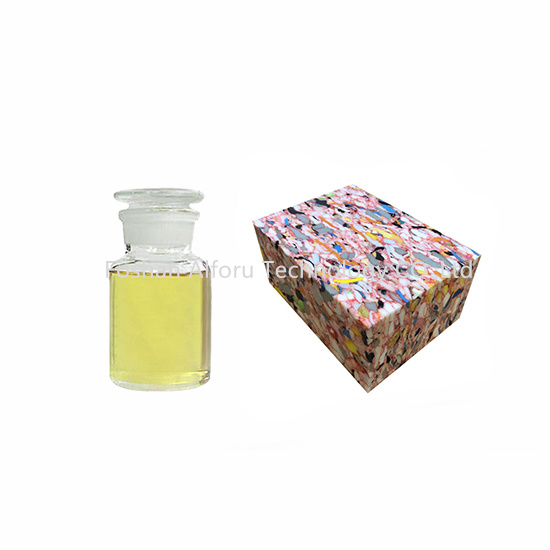
When it comes to choose the right MDI binder for your rebonded foam, there are several factors to consider . This includes the desired properties of the final product, the cost of production, the availability of raw materials, etc. Here are some advances to choose the right binder for your reference:
How does PU foam scrap affect the quality of rebonded foam?
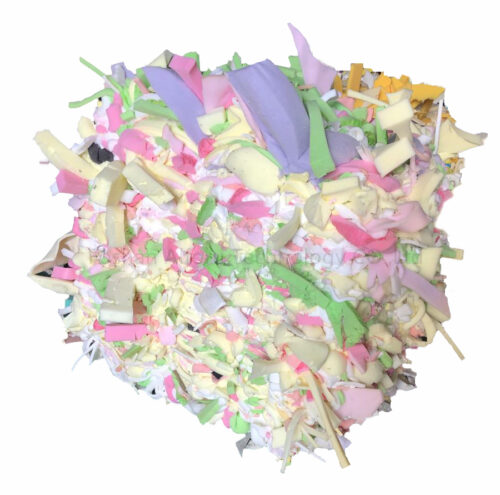
The use of PU foam scrap as a raw material in the production of rebonded foam can affect the quality of the final product. Here are some effects of PU foam scrap on the quality of rebonded foam:
How to choose good quality of rebonded foam?

When it comes to choosing good quality rebonded foam, there are several inportant factors: density, bonding strength, uniformity, compression resistance and packing.
Virgin foam VS rebonded foam, which one is better?

The choice between virgin foam and rebonded foam will depend on the specific application and the priorities of the user, such as cost, quality, performance, and environmental impact.
Three steps to find out the best foam scrap you want.
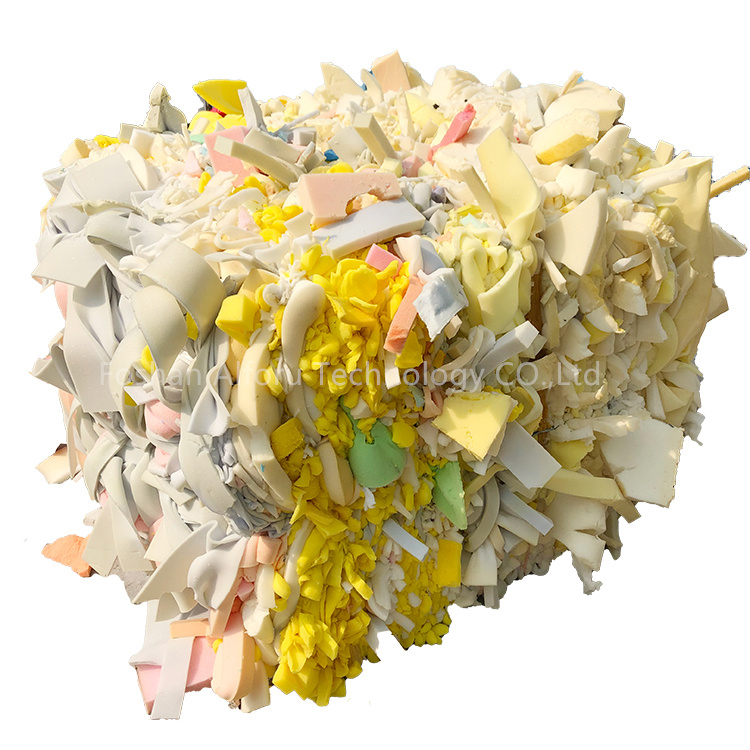
Three steps to find out the foam scrap you want:
1.Purity 2.Foam density 3.Foam skin
